
Till a few years ago, the only kind of 2-wheelers we had ran on petrol.
Now? We have electric 2-wheelers too.
Take a look at this ad – is this an ad for a petrol 2-wheeler or an electric 2-wheeler?
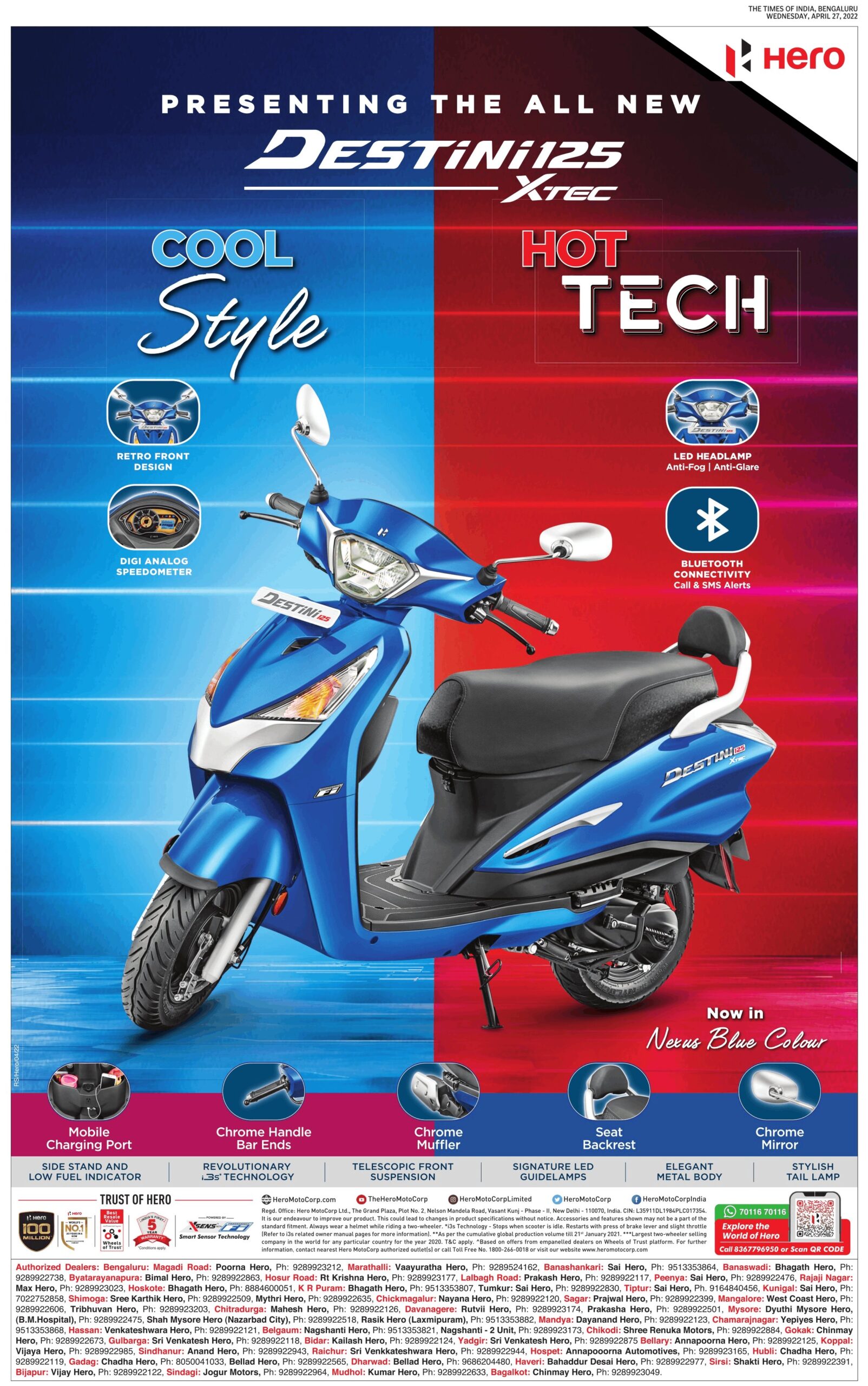
When I shared this on Twitter, the responses included,
- only ICE vehicles have a muffler; so it’s obvious.
- the kick-start is visible; so it’s obvious.
- it mentions a low-fuel indicator, so it’s obvious.
That makes sense, given how consumers are conditioned over many, many years. However, things like muffler, kick-start, and ‘fuel’ indicator are, I’d argue, smaller nuances that keener consumers would identify readily. The average consumer may perhaps not really care to discern from these cues that this is indeed a petrol vehicle.
How about this ad, then? Can you decipher quickly whether this is a petrol vehicle or an electric vehicle?
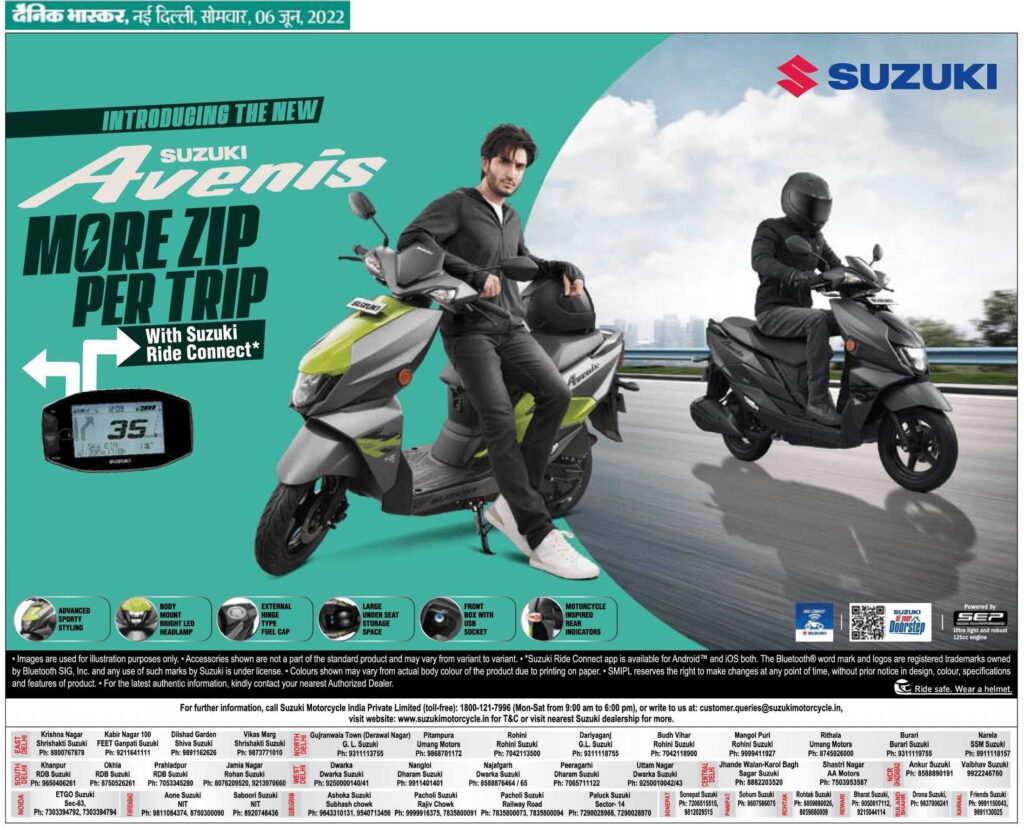
Or this?
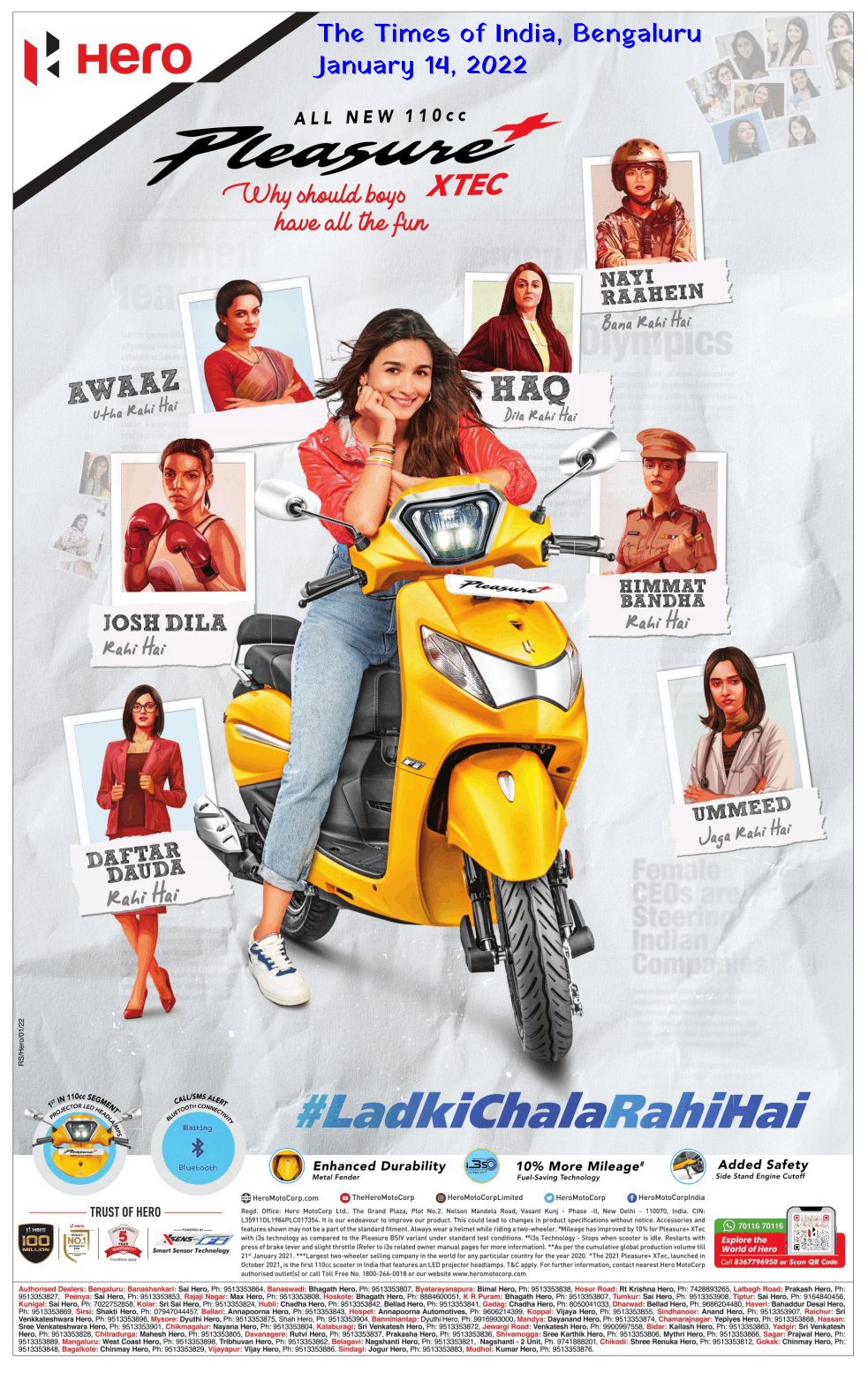
Now, let me shift the perspective – should electric vehicle ads prominently call out that they are electric so as to not let people mistake them for petrol vehicles (particularly in the face of the massive petrol price hike in recent times)?
Here are a few recent ads from electric 2-wheeler brands.
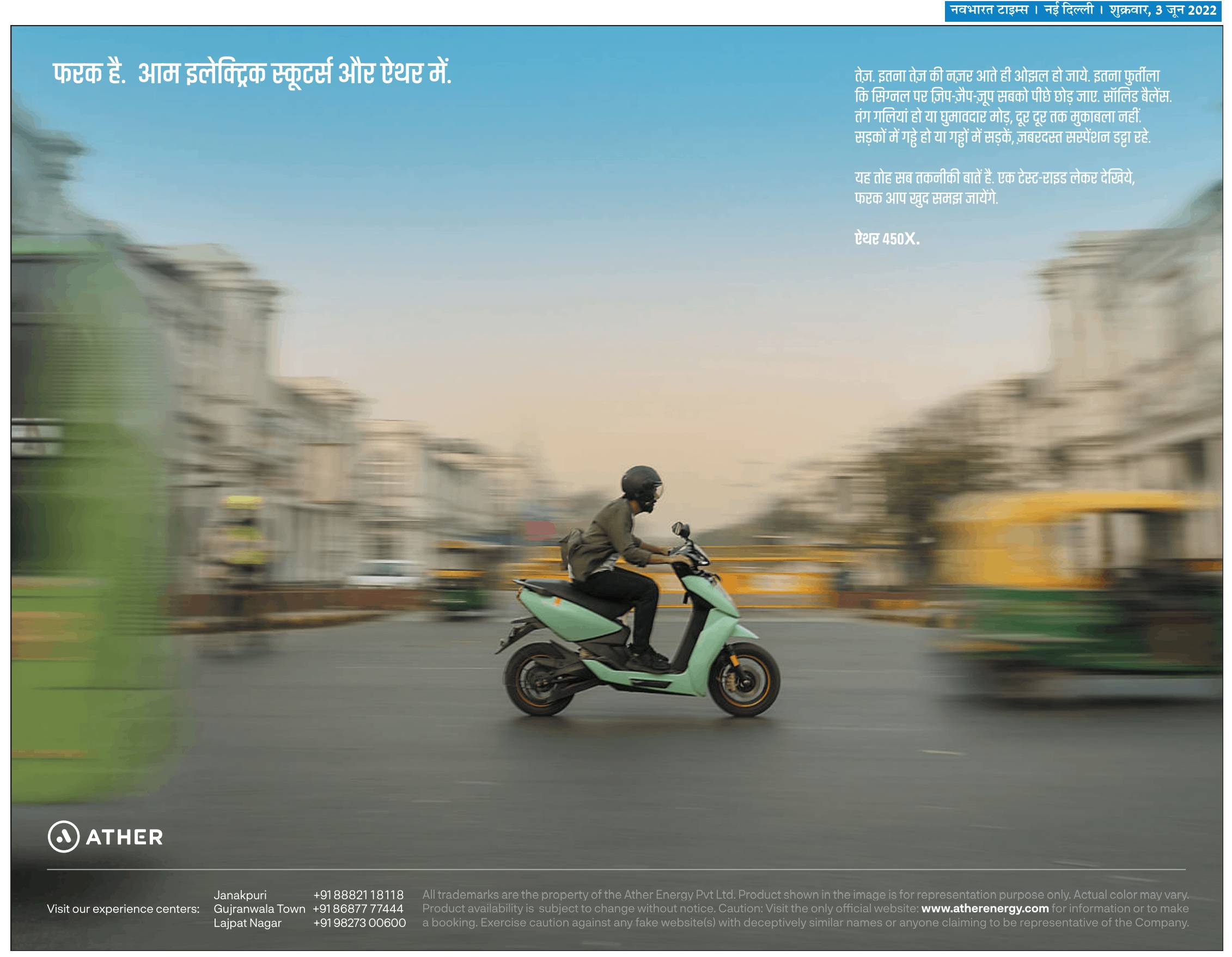
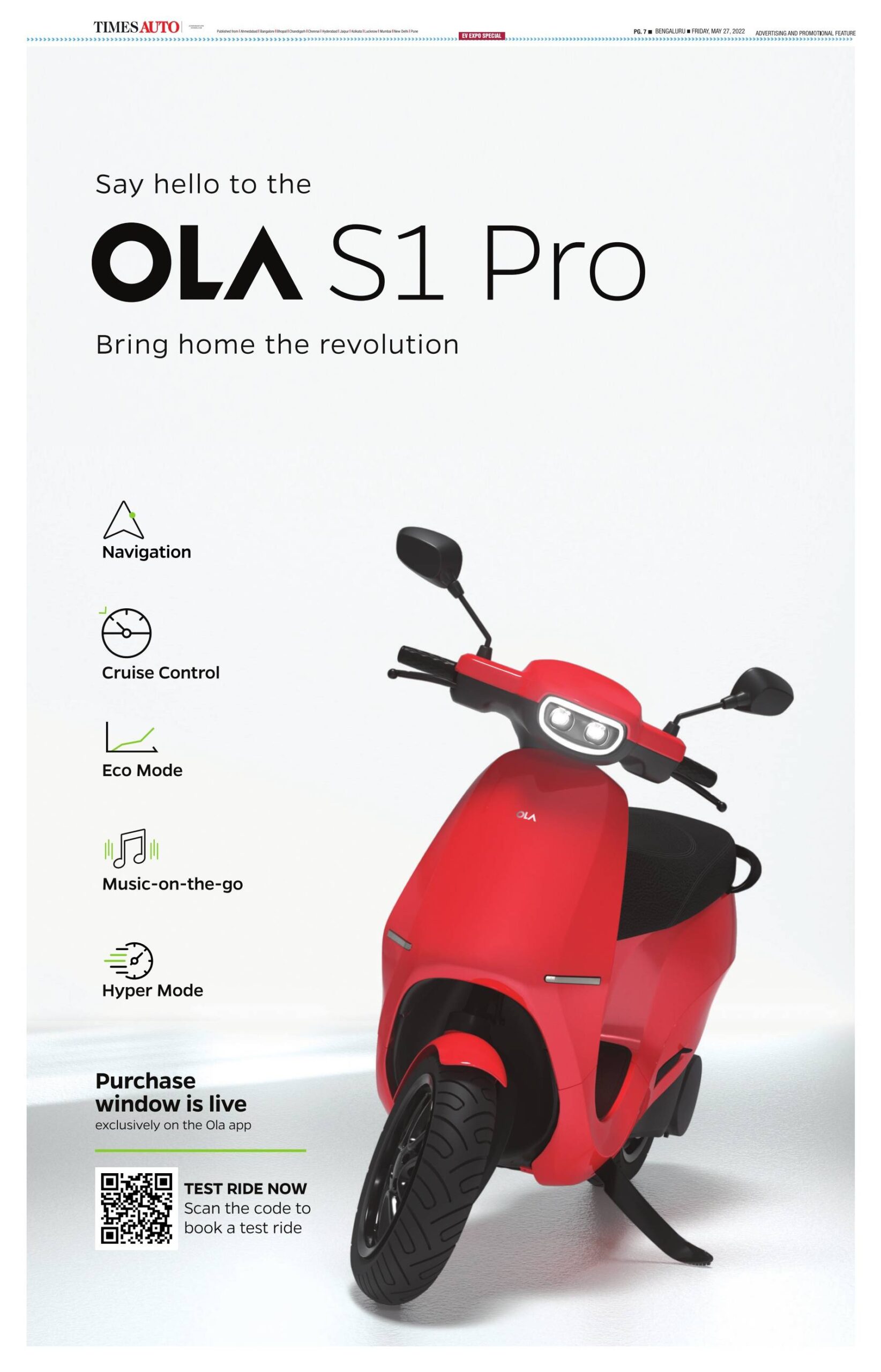
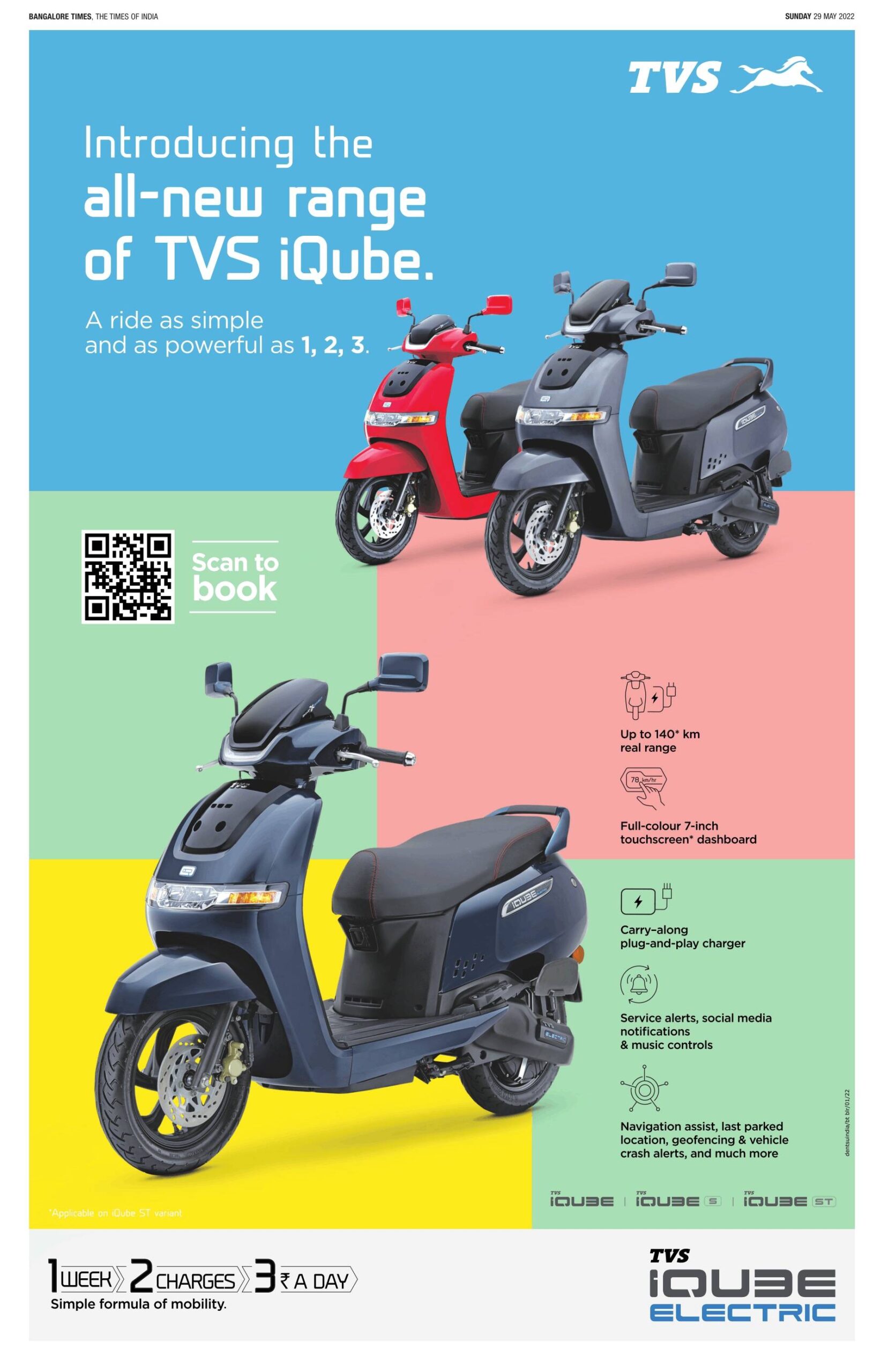
While Ola doesn’t mention anything specifically that could make it clear that it is an electric 2-wheeler, TVS and Ather do quite prominently – TVS’ logo is IQUBE Electric, while Ather calls it out right at the beginning, on the top left.
One could argue that Ola and Ather are electric-only brands of 2-wheelers, but TVS makes both petrol and electric 2-wheelers. Likewise, Hero makes both petrol and electric 2-wheelers even though the companies are owned by different people within the Munjal family (which is none of consumers’ business anyway – all that matters is the Hero brand name).
But yes, Hero’s electric range has a logo that is similar to TVS – the brand name, itself, is called ‘Hero Electric’.
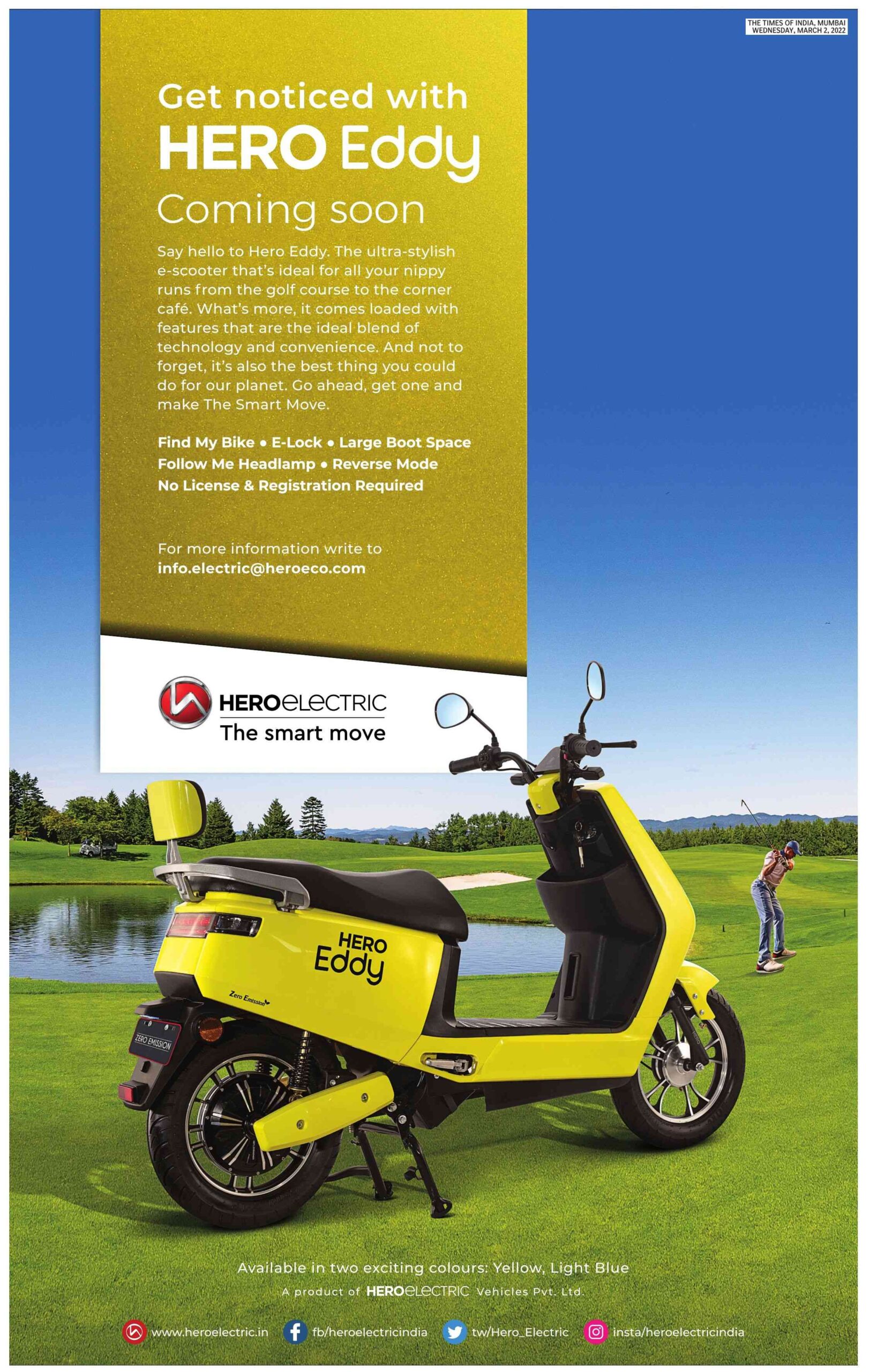
I do realize that there is a lot of fire (pun unintended) around the safety issues posed by electric 2-wheeler batteries right now, and this is causing significant reputational damage to the few brands that had started to do excellent business recently.
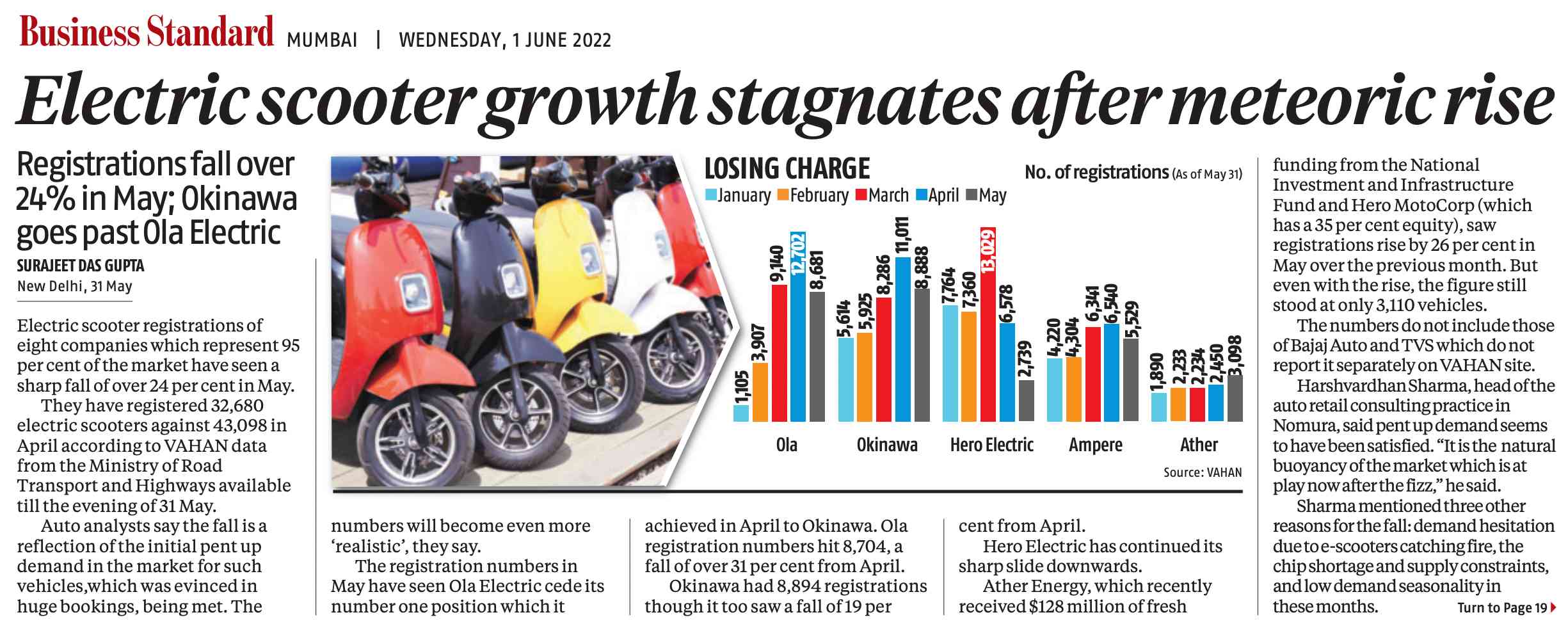
But, these are akin to starting trouble for a brand new segment and I’m sure these will ease as the technology progresses and becomes safer.
The larger question, however, is this: should electric vehicle makers (and not just 2-wheelers, but also cars) call it out clearly that they are ‘electric’ in their marketing communications?
Right now, they either do not, that specifically or prominently, and let implied cues do the talking – ‘range’ instead of ‘mileage’ (though mileage itself has been missing recently, as I noted in another post), the use of the word ‘charge’ or ‘charging’, and so on.
What I’m referring to is the kind of stark call-out like that of the red vs. green dot used in communications within the food industry. No, not that small/tiny—not referring to the size of that call-out; this is mandatory, of course, from a regulation perspective—but in terms of the approach.
Why would this be useful?
1. This would help audiences pre-select what they would want to focus their attention on. Most new buyers of 2-wheelers, depending on assorted factors, may be keen on one or the other. For instance, if you are one, and you know that the place you reside has charging facilities in the parking area, you may be actively considering—and hence scouring the communications from electric 2-wheeler brands. It may need a bit more time for you to remove the Hero ad above from your consideration set, considering it looks identical to an average electric 2-wheeler and carries the Hero brand name too (which also makes electric 2-wheelers).
2. A clear demarcation would be more useful to the electric vehicle makers, than to the petrol segment. Their sales are still a small segment carved out of petrol vehicle sales. And right now, consumers are keenly watching the EV segment for any and every update/progress being made. If they would want to grab the attention of buyers readily and seamlessly, having a distinct visual demarcation would definitely help.
3. This is the phase for category creation, much like how e-commerce brands did in the late-2000s. And this significant phase deserves branding the category as much as individual vehicles.
So what could the EV segment do?
Given that their premise is green (even though this is a misunderstanding; because, if the charging facilities are powered by coal, things aren’t entirely green), it could perhaps be a green-colored seal-like visual that clearly calls out ‘electric’.
Or, they could take a cue from the famous ‘Intel-inside’ campaign and truly brand the segment. Like, ‘The power of Green’, complete with an audio signature that all brands could use, for instance. Or it could include the Indian manufacturing angle too – ‘Proudly Electric. Proudly Indian’.
But any category-centric moves like this also mean that the competing brands need to come together and work together. There is already SMEV (Society of Manufacturers of Electric Vehicles) which is a registered association representing Indian manufacturers of electric vehicles (EV) and electric vehicle components. Perhaps they could consider their segment’s immediate future and think of this potential requirement?
